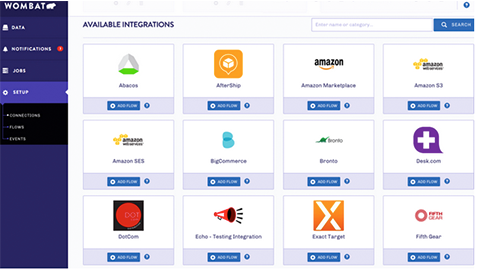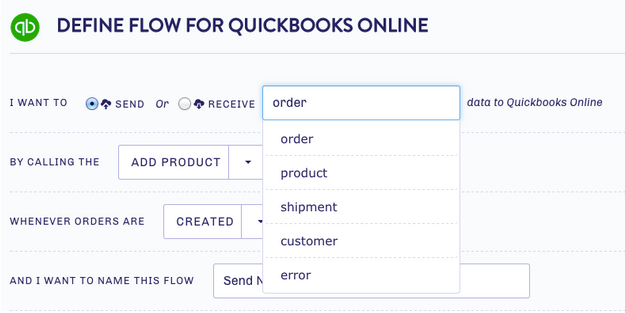5 Platform Customizations That Grow Revenue
Have you reached the limit of your digital retail platform? Wanting more functionality from your online store is a sure sign of growth. In this post, we’ll focus on a few ways that ecommerce platform customization can allow your online store to grow.
1. Pre-Built Integrations
Many digital retailers are entertaining the idea of selling on Amazon to increase their revenue. Online store platforms like Shopify advertise integration with large marketplaces like Amazon and eBay for small retailers to expand their customer base.
Great, let’s integrate!
Before going full-throttle, take some time to research custom integration. The average custom integration can take over 40 hours to build, and developer rates can approach $150 an hour or more (Read more about engineering costs here). Customization can get expensive very quickly, and is essentially building something that’s already been built. Solutions like Wombat eliminate this expense and can accelerate your speed to market.

Wombat has a wide range of pre-built integrations that were built with the “non-developer” in mind. Connecting your front-end to one of their integrations can be done in a matter of minutes. That means you can set up your connection to Amazon marketplace and have your products exposed to a bigger audience in no time.
2. Automating Time-Consuming Processes
Your ecommerce platform may have a number of pre-built integrations that can help you automate your business processes. Many platforms offer integrations to automate aspects of inventory, accounting, and customer receipt delivery. As your online retail grows, there will most likely be customizations you would like that aren’t offered as pre-built solutions.
Ecommerce platforms like Shopify and Magento offer pre-built solutions that are easy one-to-one connections. Click. Connect. You’re setup. You think you’ve just automated your entire supply chain, but in reality, the technology behind those systems is locked. This leaves you dependent on the third-party who built the solution to provide functionality.
Be careful what solutions you choose to implement. Though some pre-built solutions seem great on the surface, you may have to put more money and effort into them later when you require a deeper functionality or customization.
3. Platform Agility
It’s normal for businesses to make changes to their integrations every 3-5 years. They change their functions, and add or remove integrated features. However, if you’ve integrated a very custom-built solution (previously mentioned in #2), this could mean starting from scratch when you’re ready to change. If you choose an agile platform from the beginning, changing your integrations in the future won’t be a big deal.
Integrating with your accounting software is a very common application integration that changes as the company grows. More revenue requires more versatility from your accounting software.

The goal for every ecommerce business is growth: more inventory, more orders, more sales. Weigh the pros and cons of selecting your platform to position your company to scale.
4. Real-Time Notifications
Every business owner fears something going wrong without their knowledge. Perhaps your customers are submitting orders, and there’s an error in your fulfillment process. Maybe the inventory is gone, but you never receive a notification, the order is never marked, and it lies in the “processing” stage forever. The next thing you know, you have an angry customer who’s waited 2 weeks for their product, hasn’t received it, and is waging a social media war on your company. Small errors like this can be a long-term setback for a business, and can cause long-lasting brand damage.
When customizing your platform, do your research to see what solutions offer the best in terms of real-time notifications. See if your platform offers automated retry capabilities and real-time notifications, so you can be sure you’ll never lose orders, messages, or any other data.
See how these features saved revenue by minimizing lost sales for subscription company Quarterly.co in this case study.
5. Dedicate Fewer Resources to the Back End
All of the above points really underline the main message of this post: optimizing your ecommerce platform means you can spend less time, money, and overall resources on developing the back end of your business operations. If you’re wasting too many resources internally, you run the risk of draining funds that could otherwise be fueling business revenue.
Having a fully-customizable solution that already offers so many services out of the box gives store owners more time to do what they do best: grow their business.
Like What You Read?
You can sign up for a free, two-week integration platform trial of Wombat to see how a piece of integration middleware can automate the logistical aspects of your business and help your company grow.
You can keep up with Spree Commerce on Twitter.






